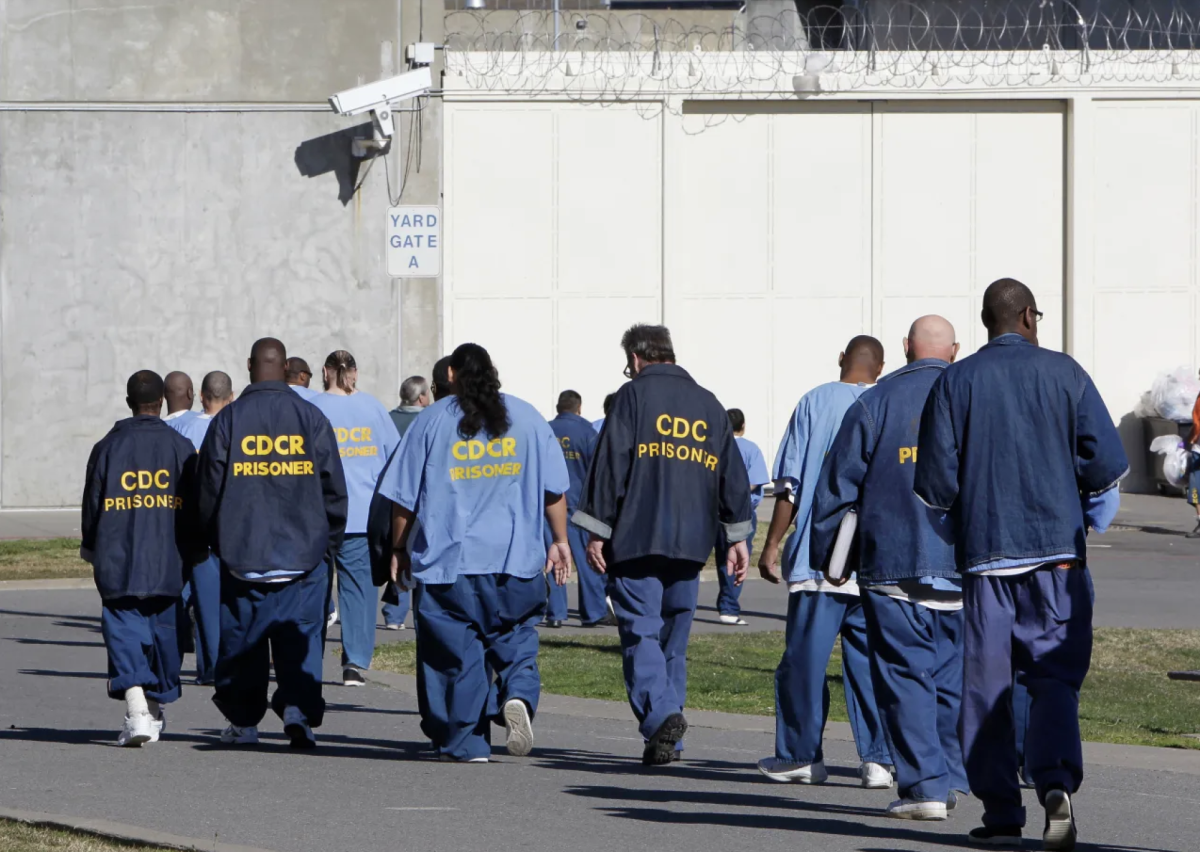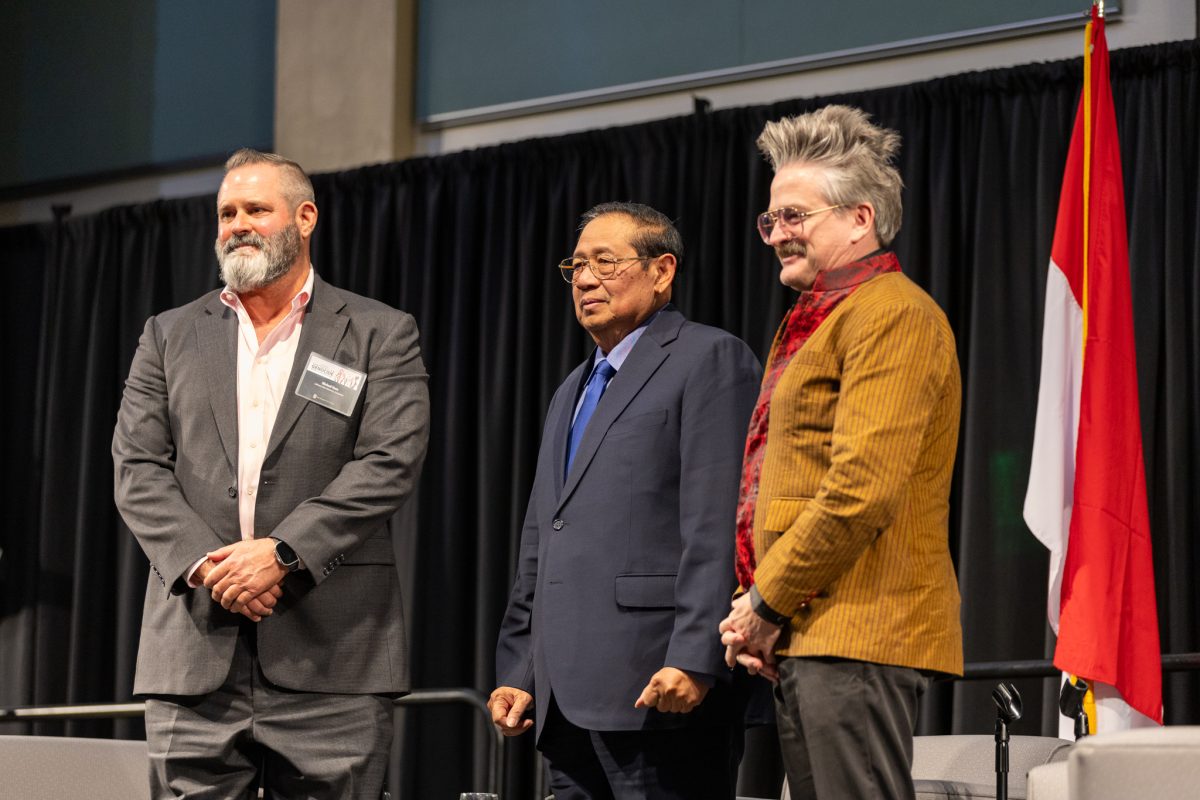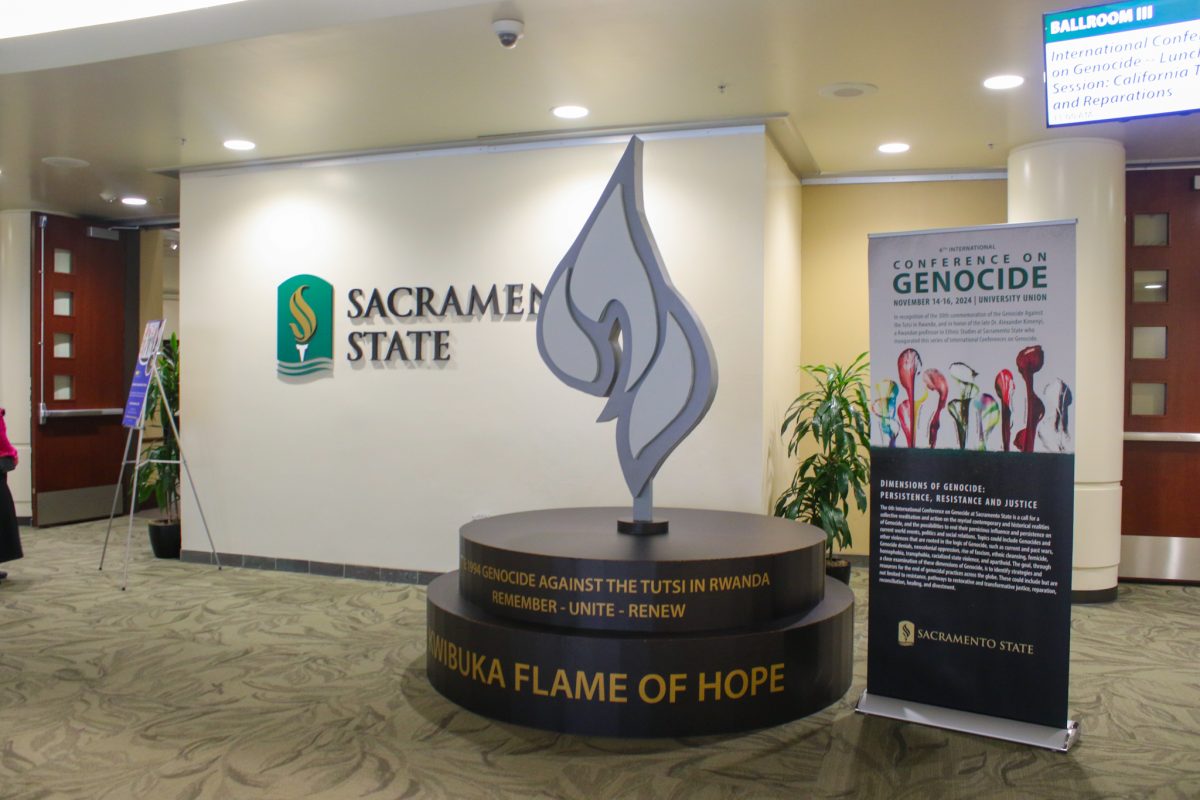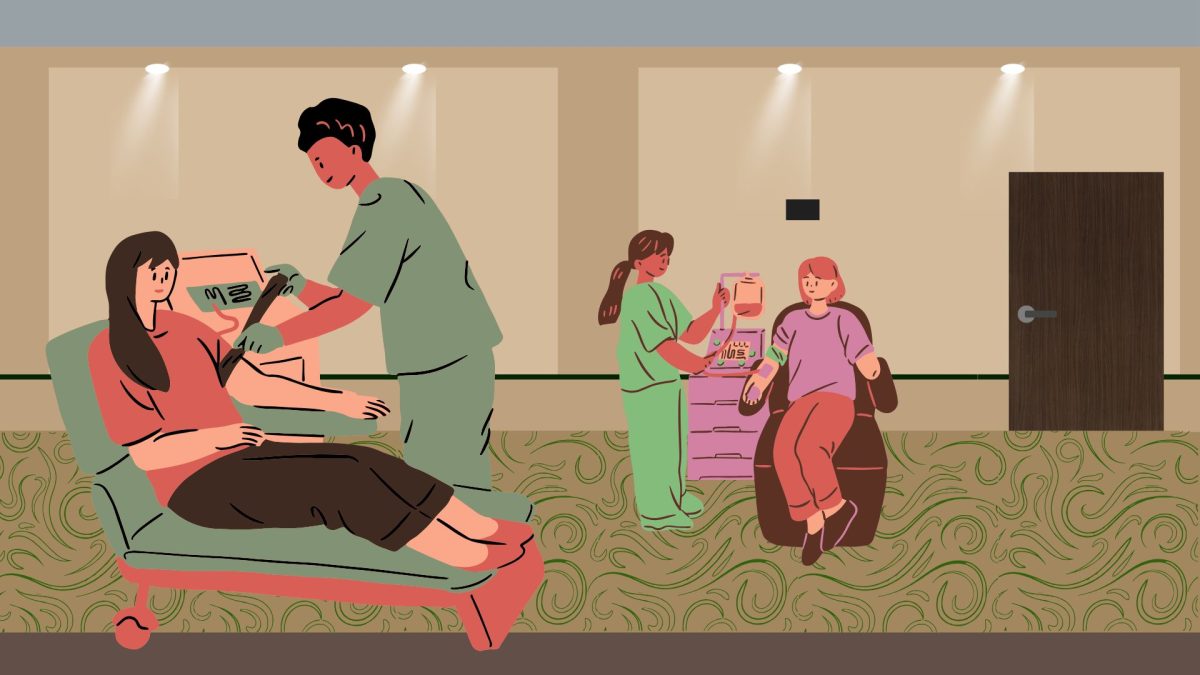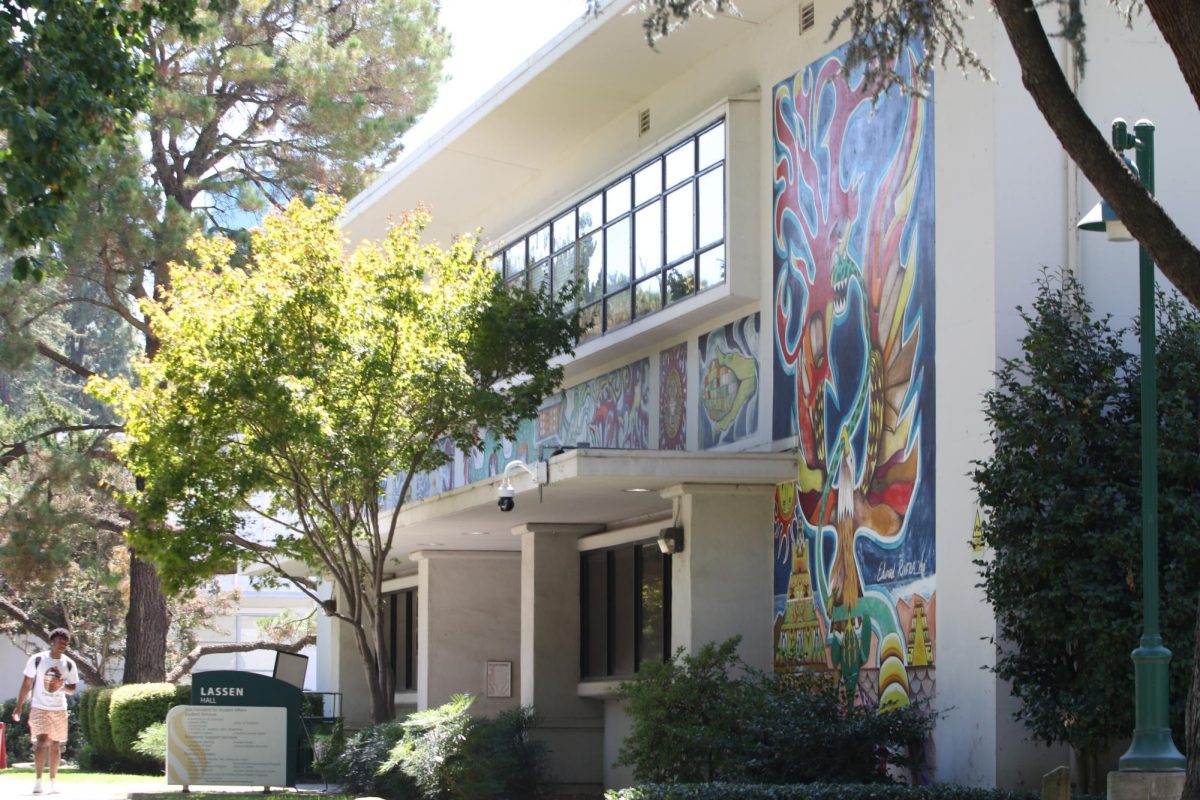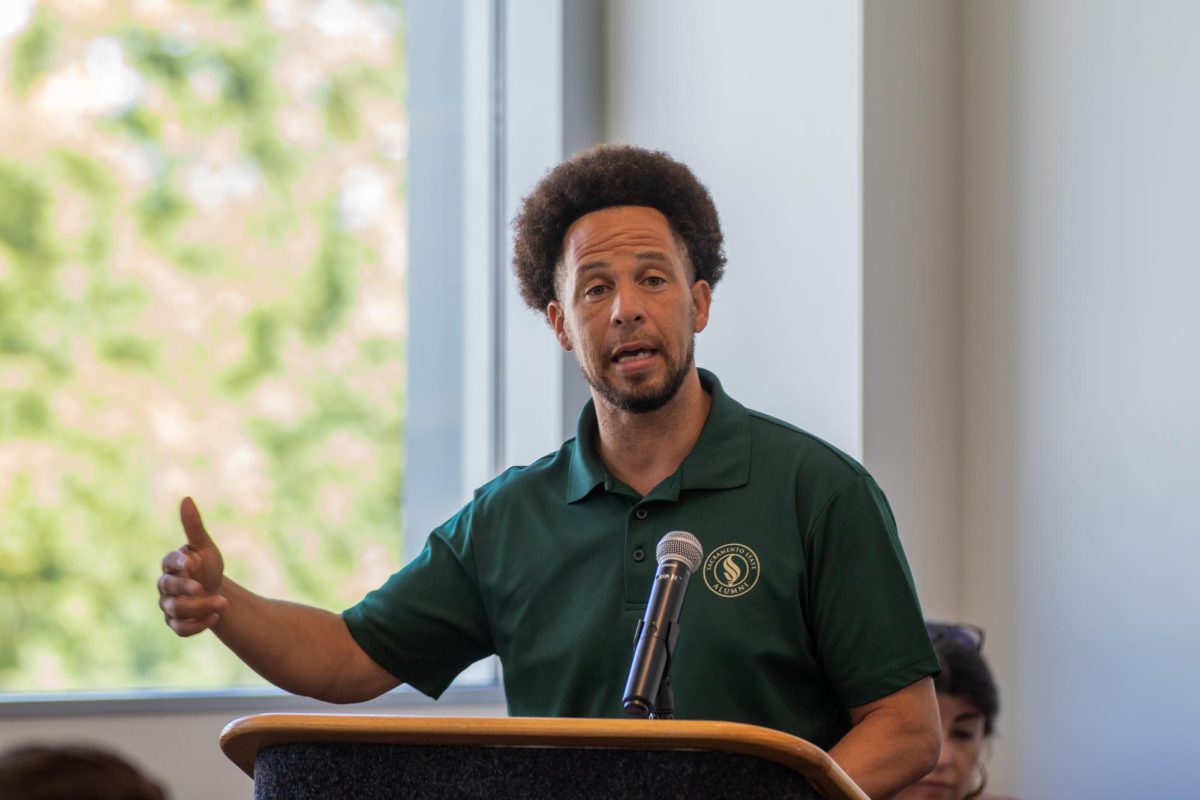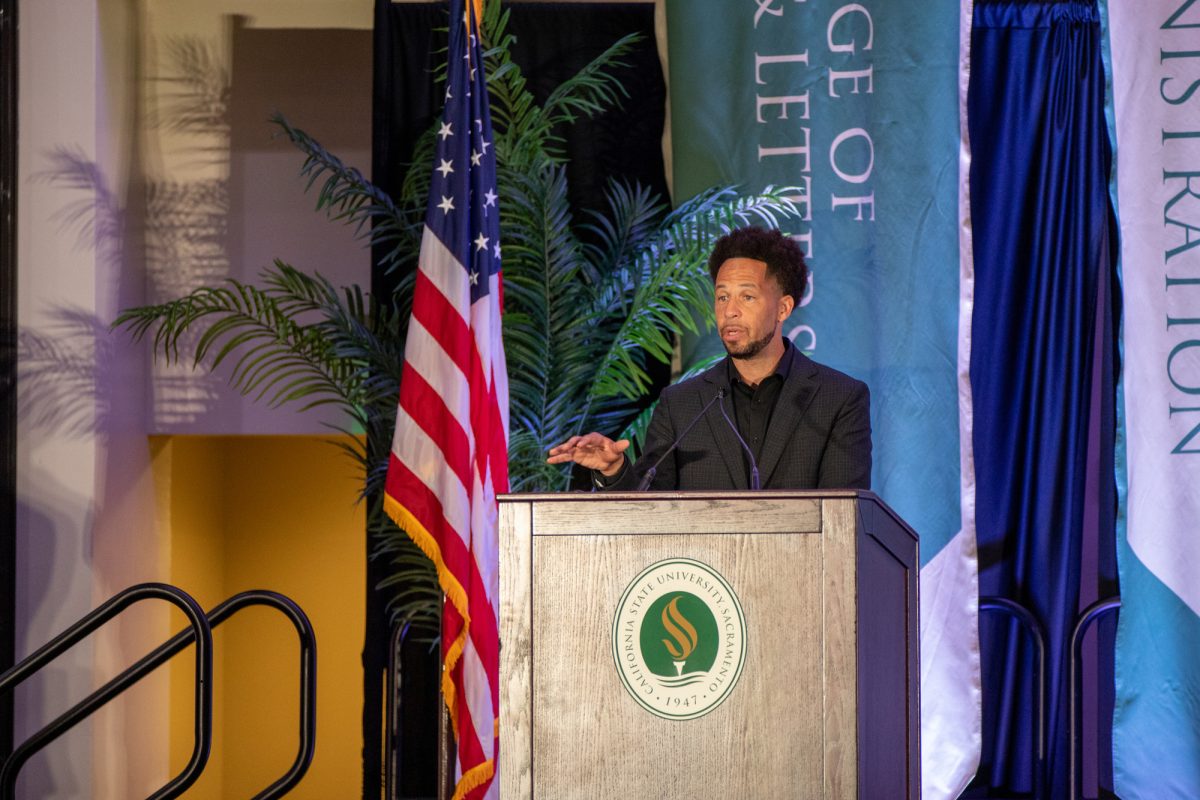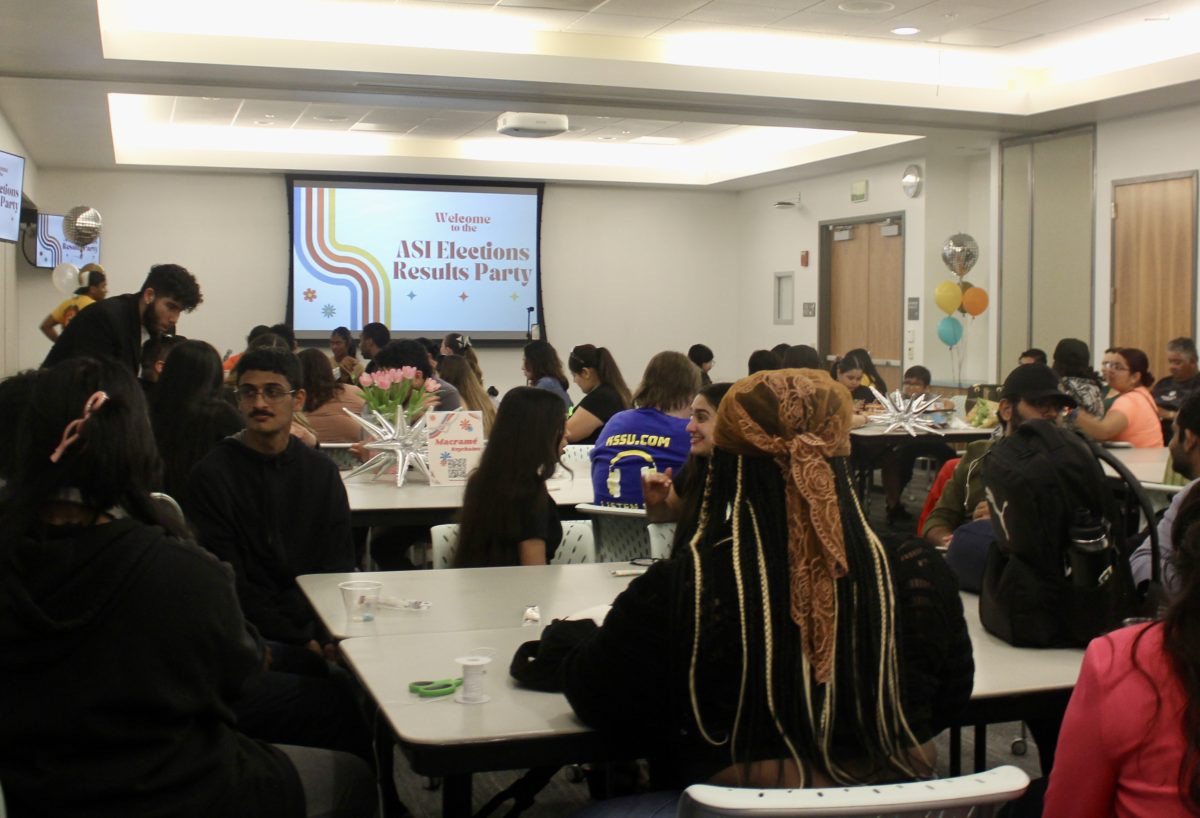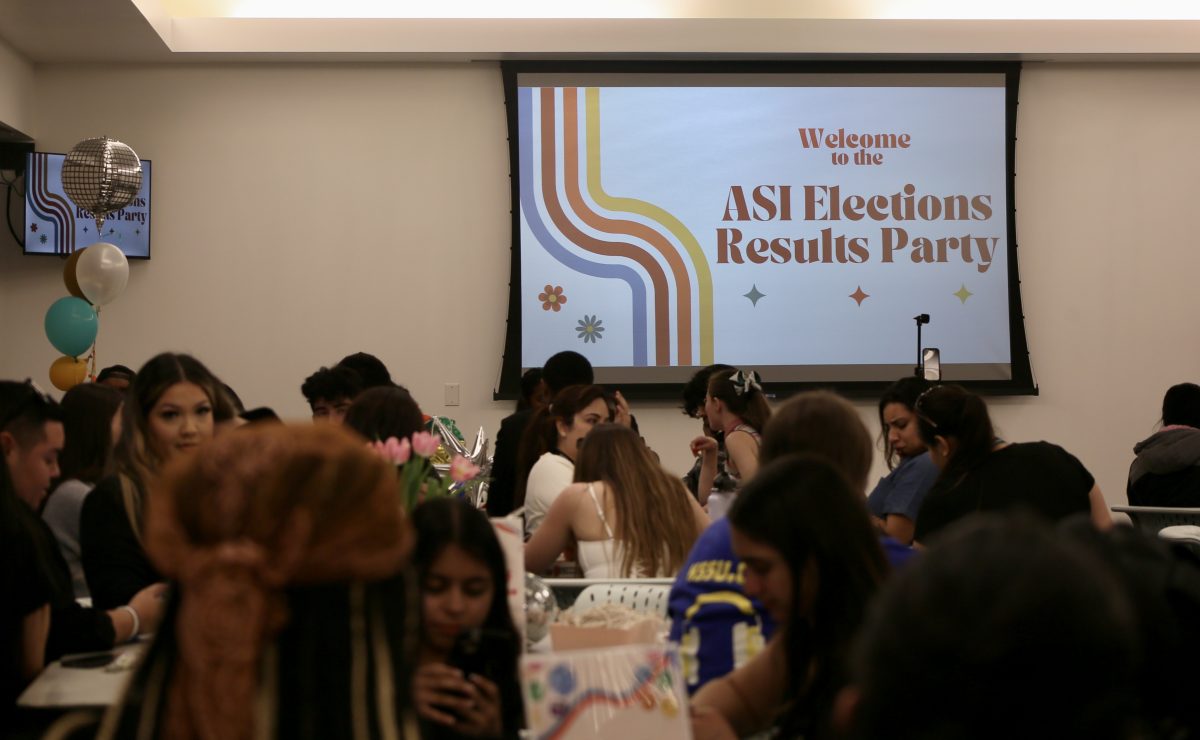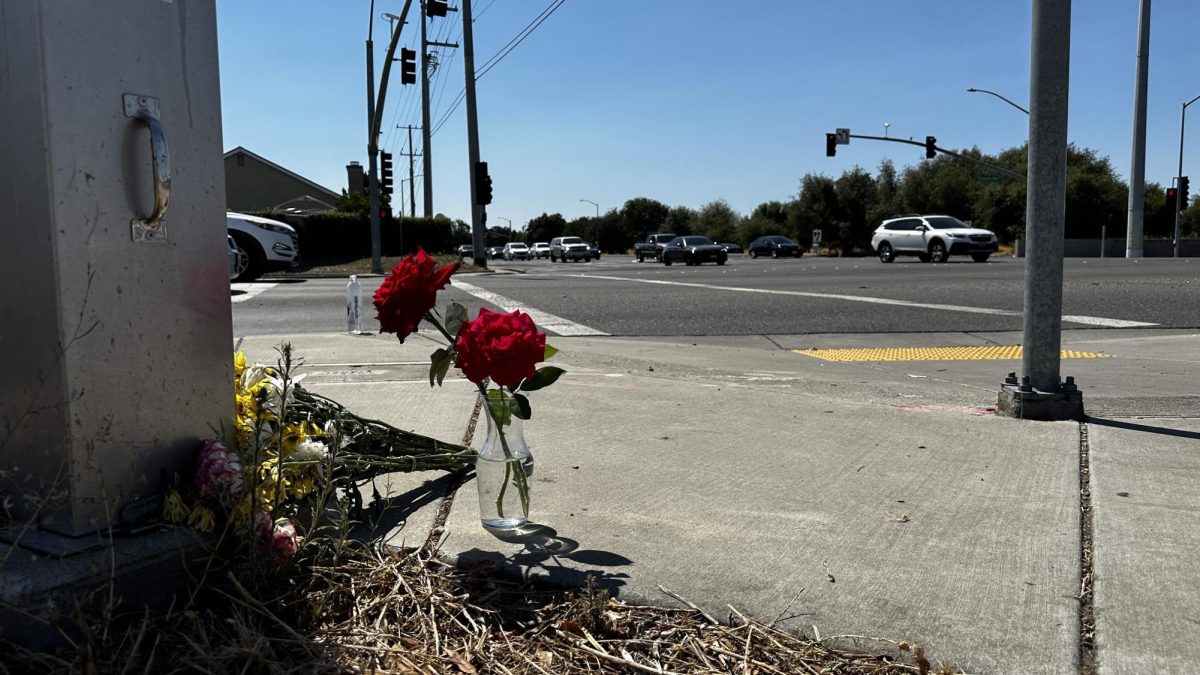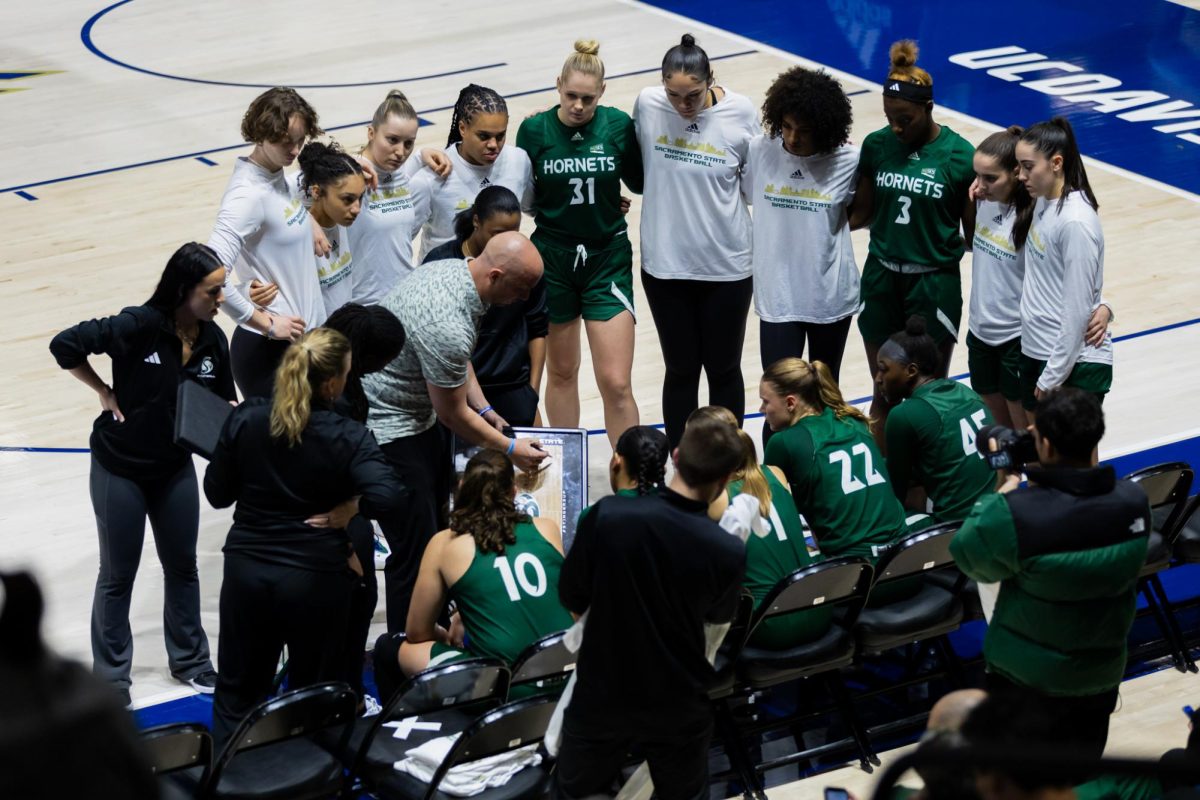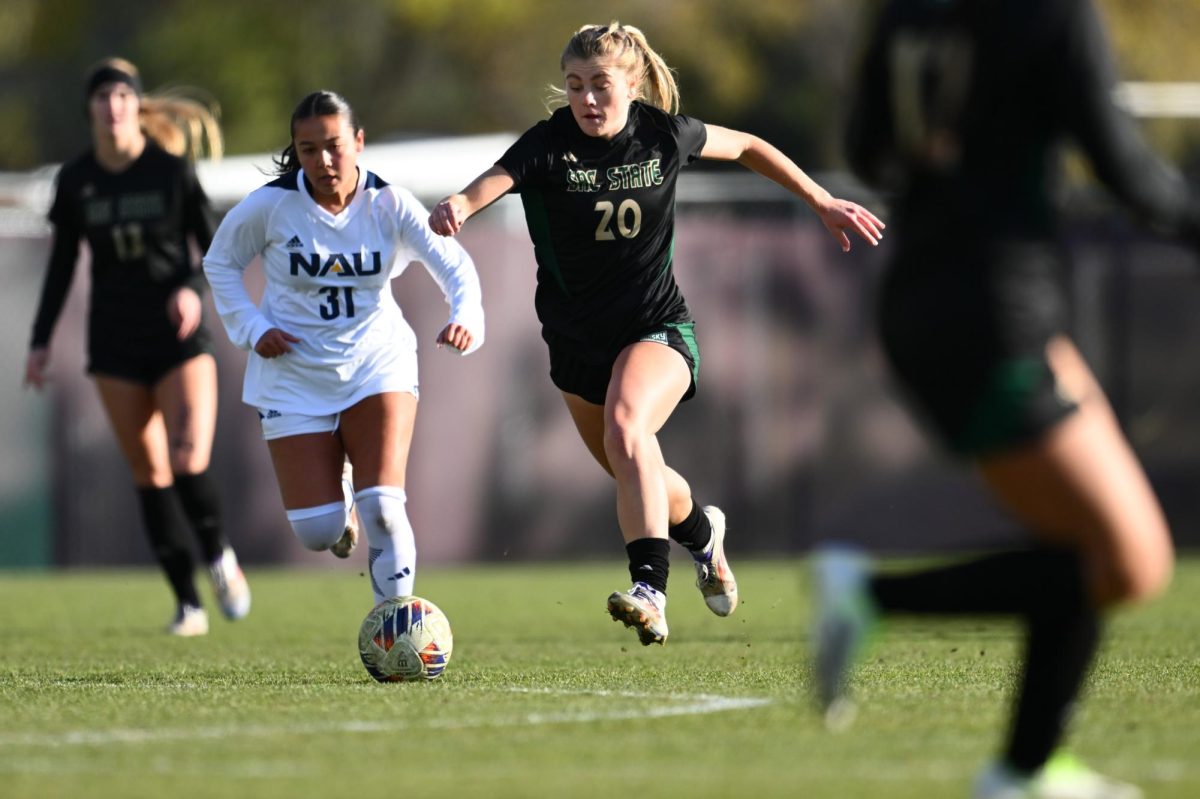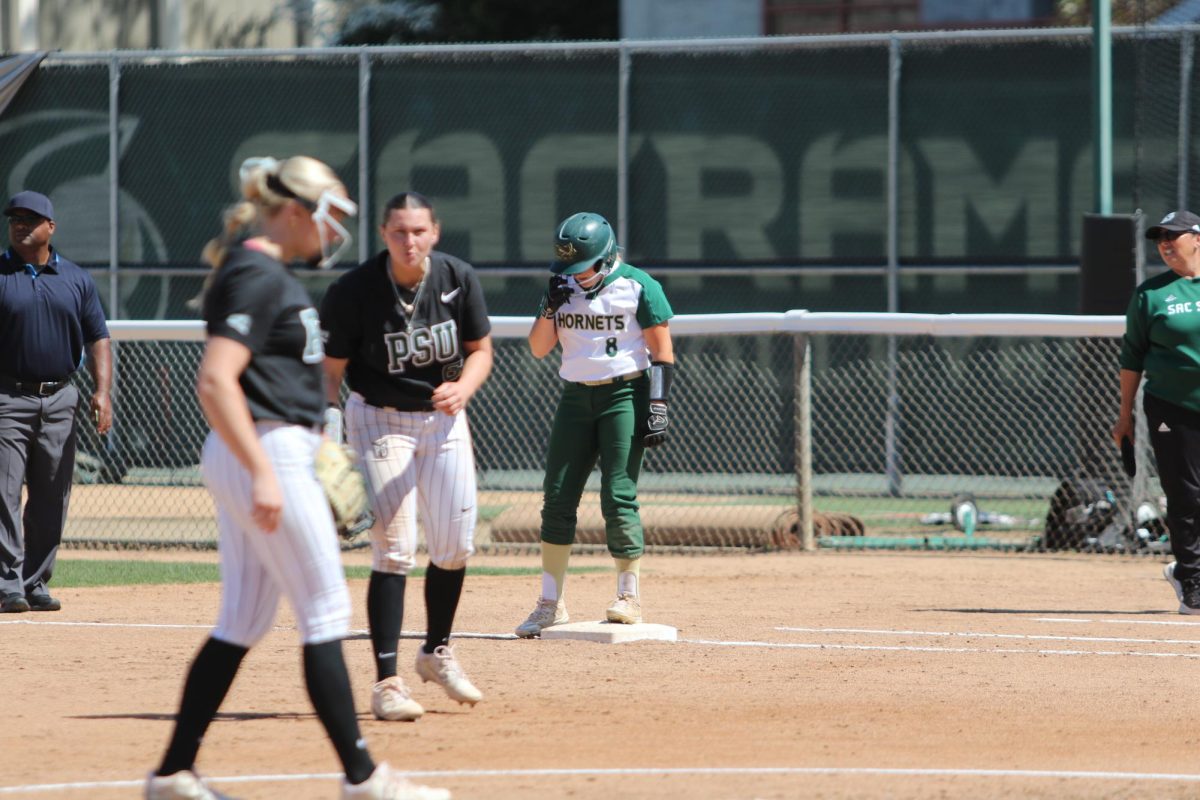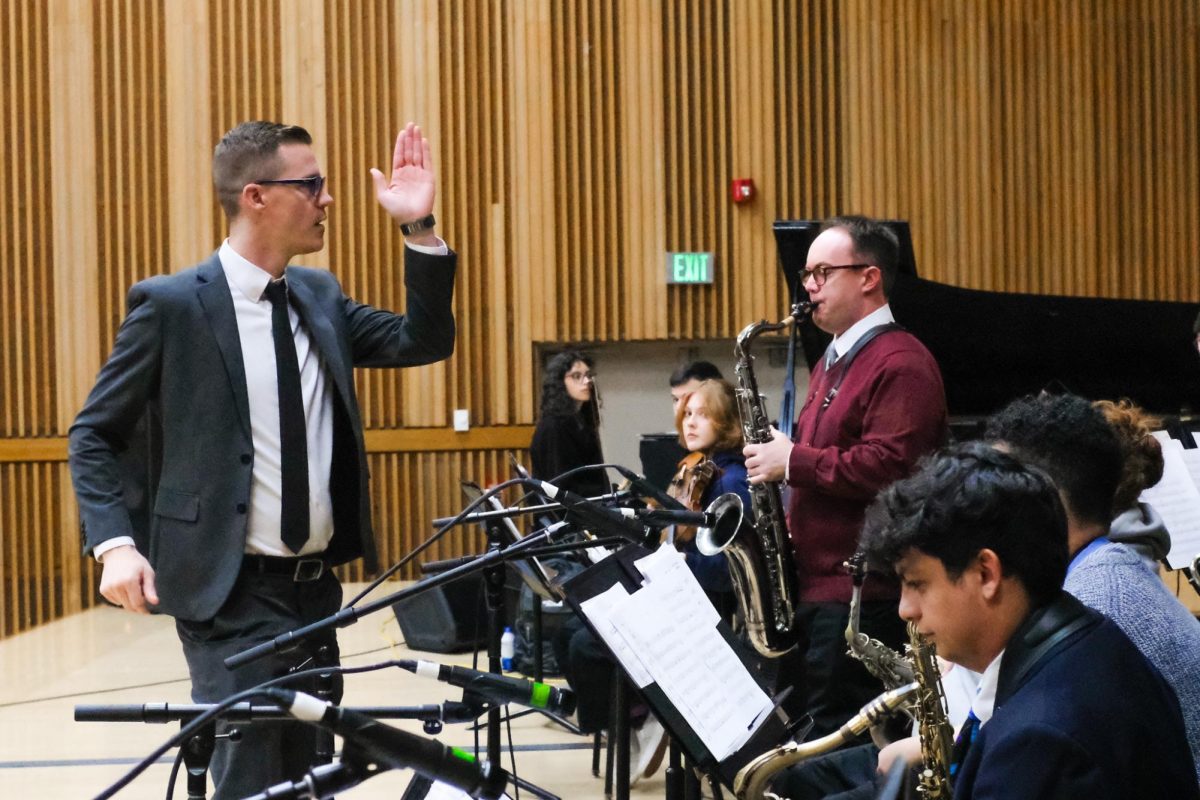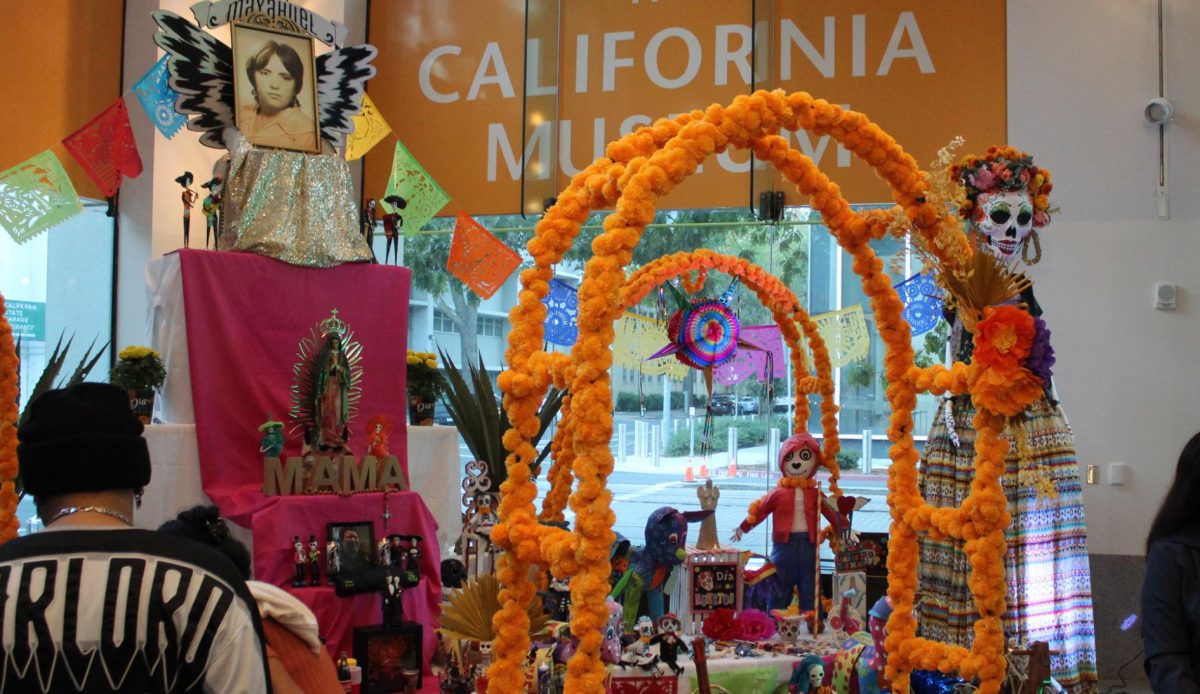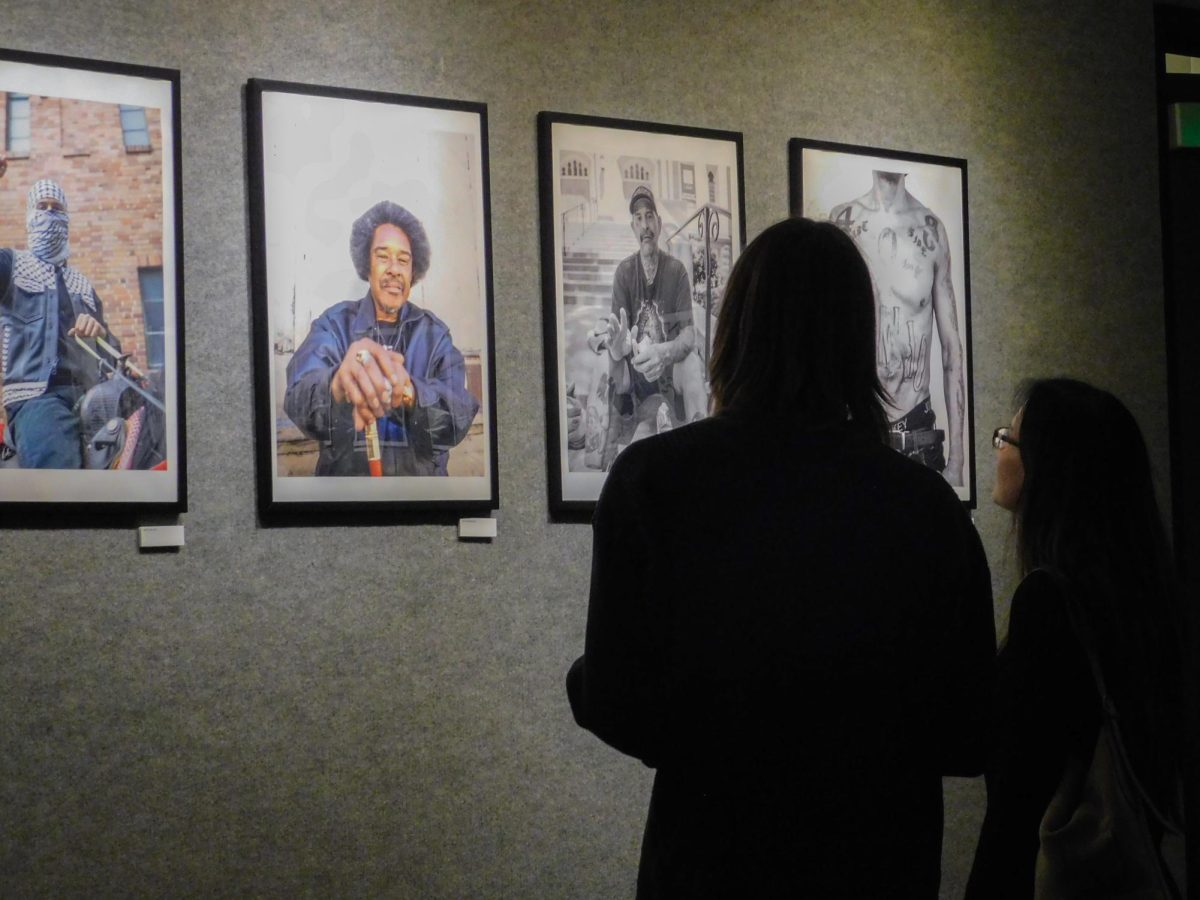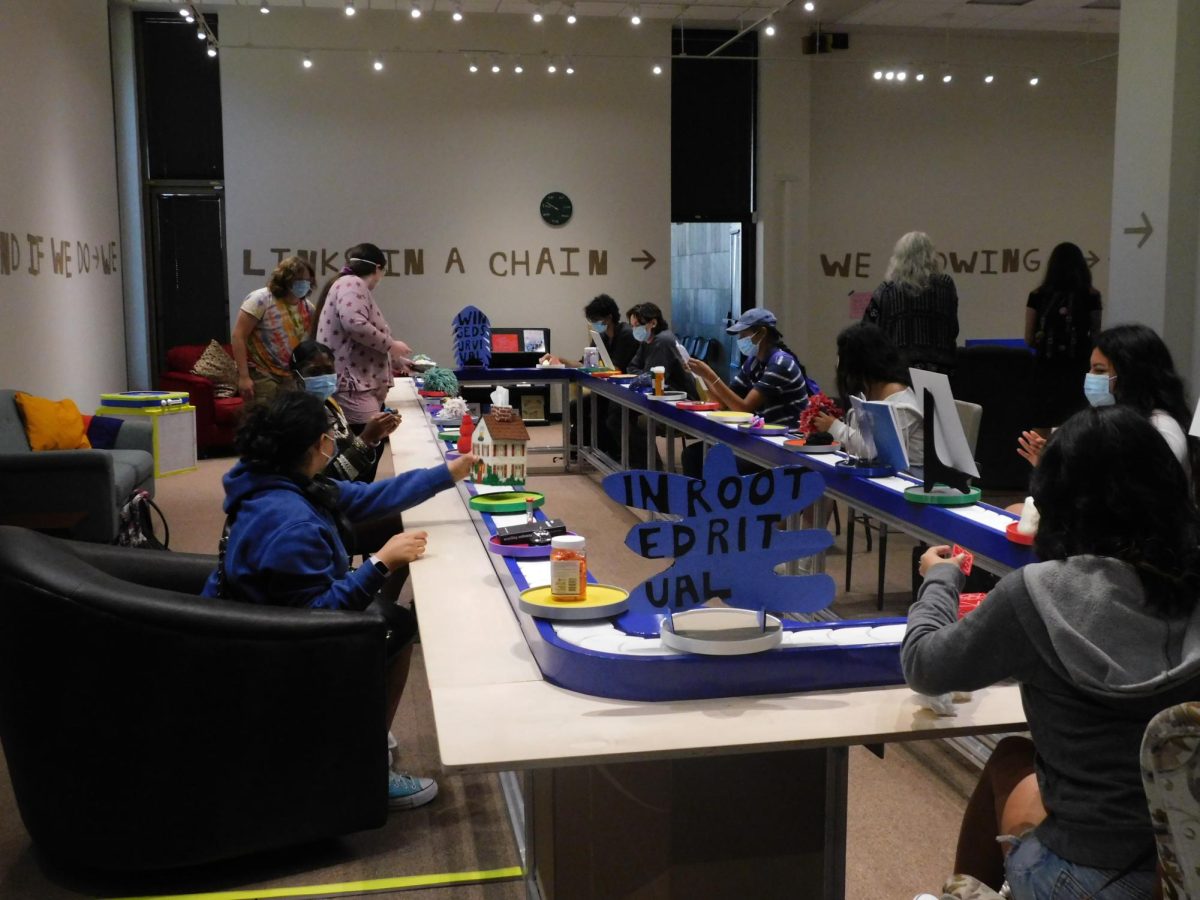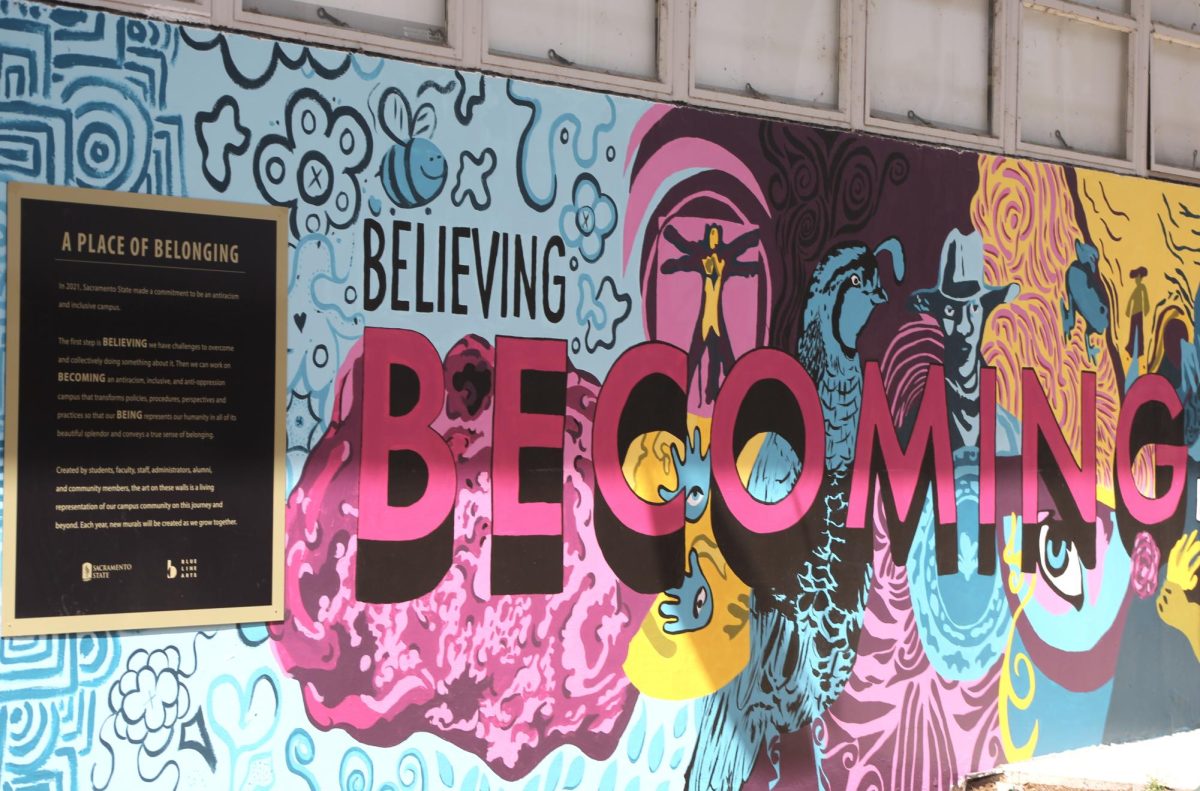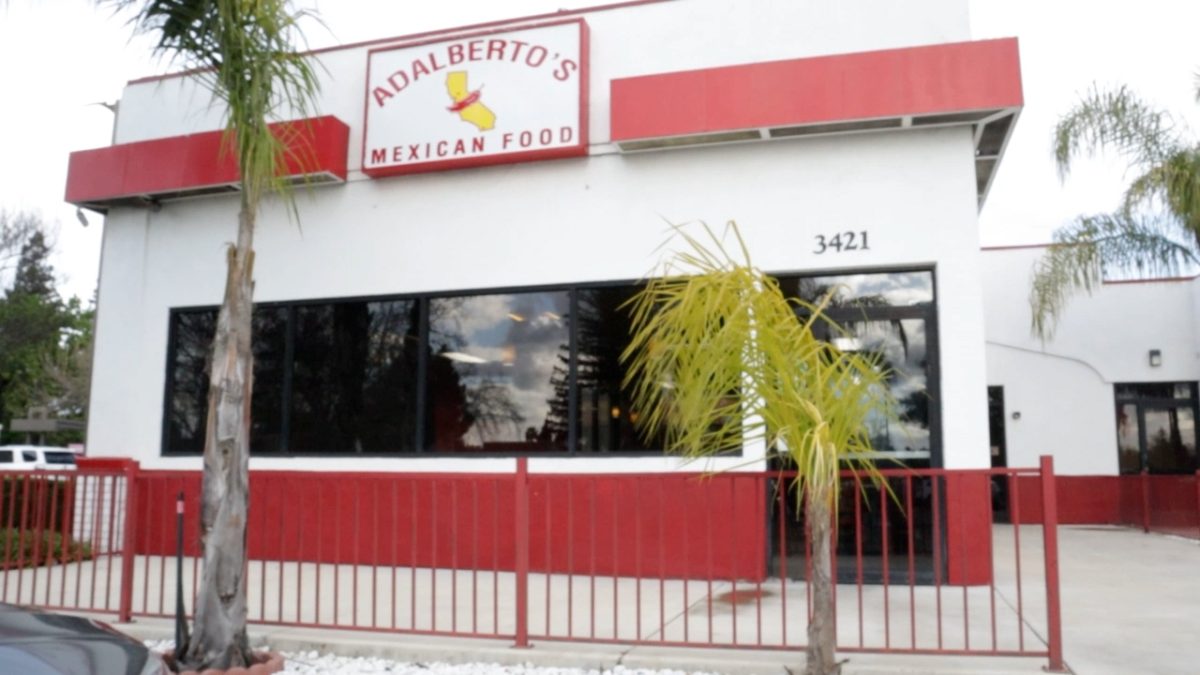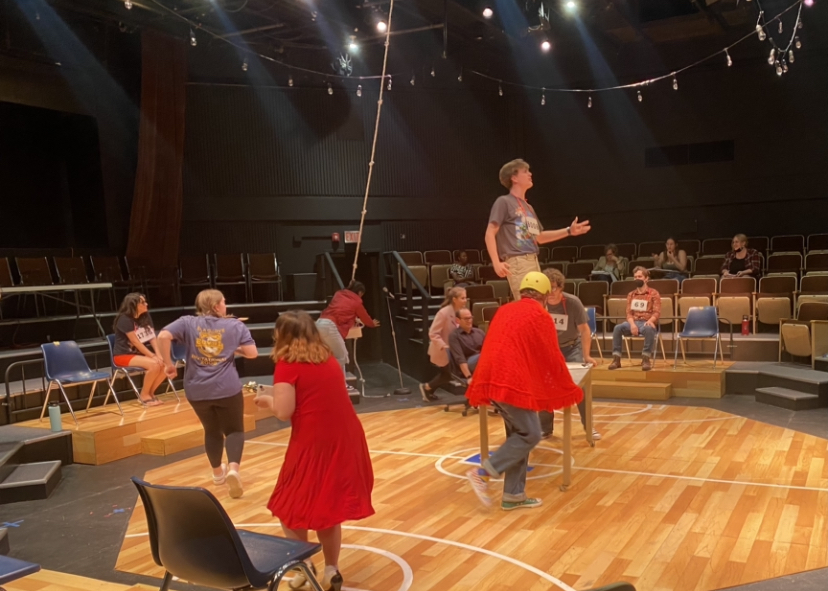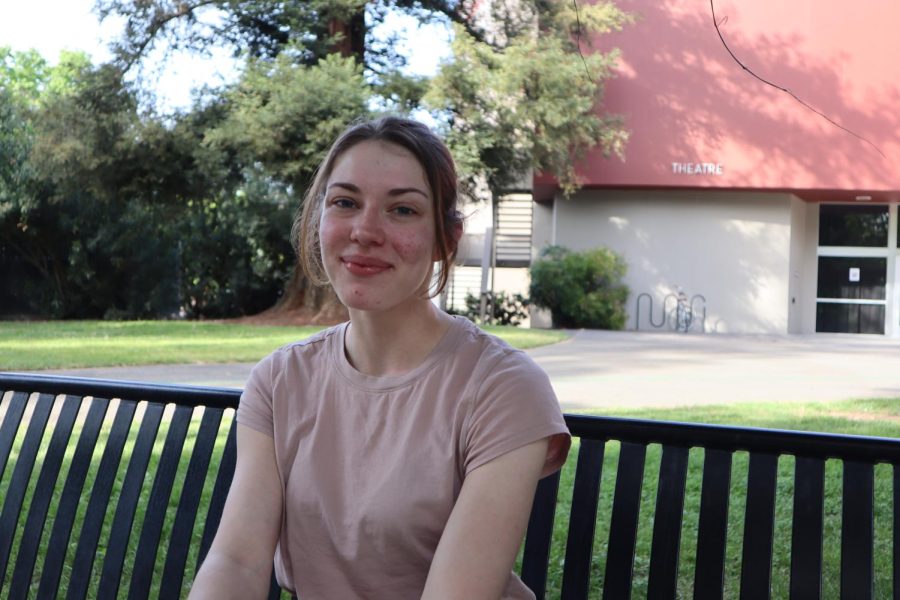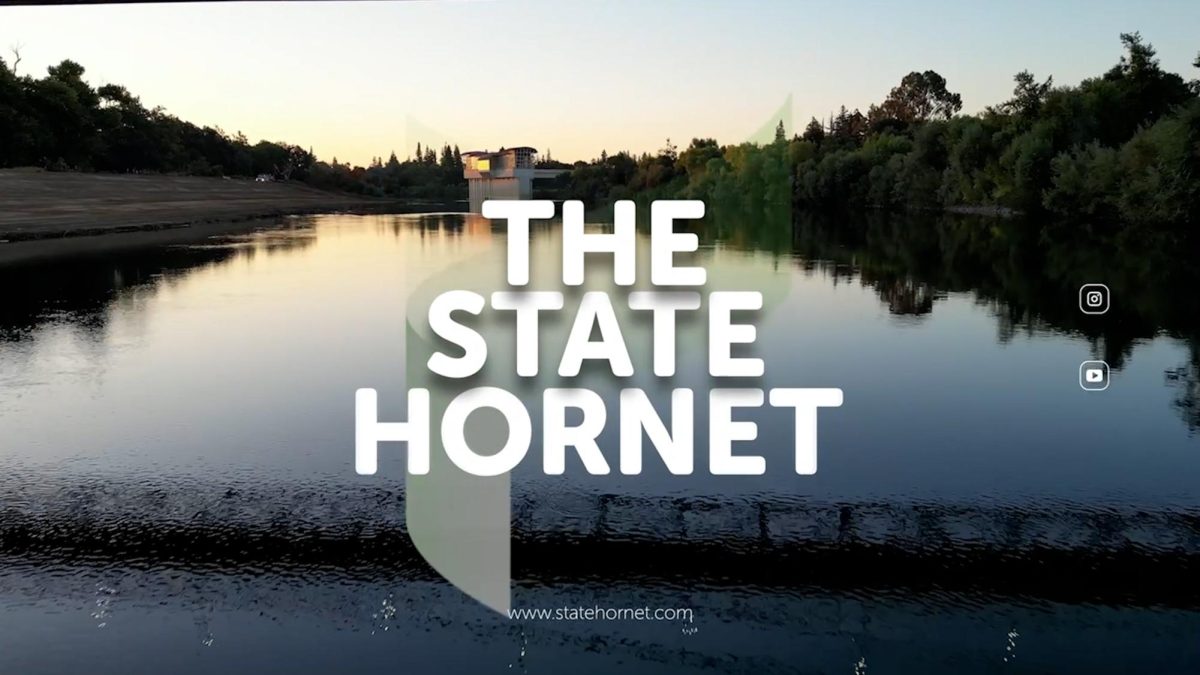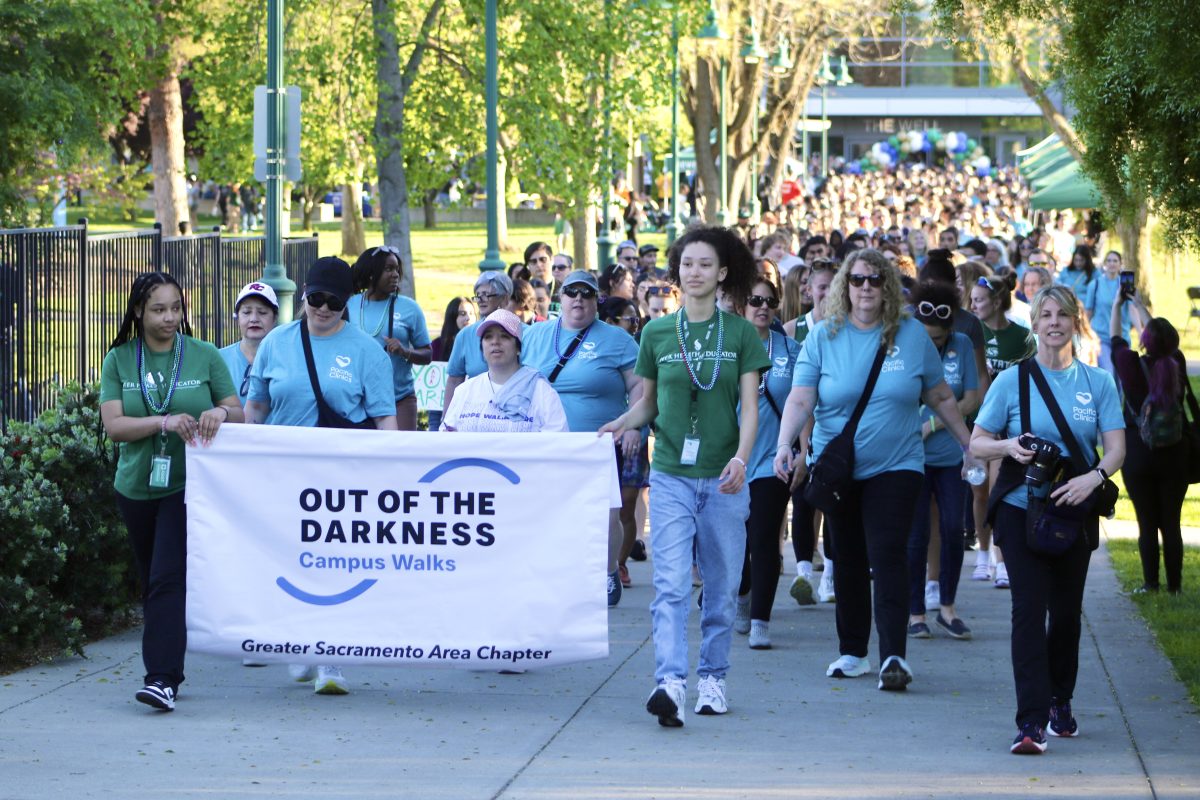Regional Transit presents plan to address demographic changes in Sacramento
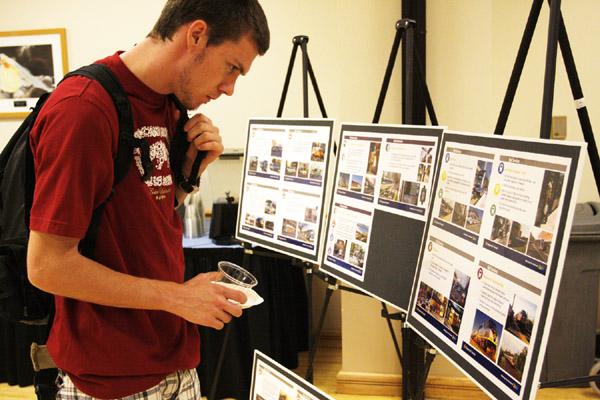
Student Ron Lethcoe looks at various plans that are intended to help ease traffic congestions. Regional Transit visited Sac State to get feedback from the community.:
May 14, 2008
Sacramento Regional Transit District came to campus to present its new transit master plan that is intended to help ease traffic congestions due to Sacramento’s growing population.
The open-house forum was held to solicit feedback from the Sacramento State community, as many students rely on public transportation to get to school and work.
The new plan would create a larger transit service to address the demographic changes Sacramento has experienced in recent years from population growth.
Under the new plan, such changes could include light rail services connecting Sac State to other community colleges and the Sacramento International Airport.
To develop the new transit plan and improve current transit services, Regional Transit will ask the community for a quarter cent tax increase to help fund work on the new transit plan.
This tax increase would need the approval of the public, so Regional Transit has scheduled open-house forums to share the new transit plans and to get public support.
The feedback at the forum was positive and many students and community members showed up to see exactly what Regional Transit is working on.
Erika Miner, junior parks and recreation major, does not use mass transit but due to rising gas prices, she was at the forum to learn more about the proposed transit services and how she could benefit from them.
“I would like to use mass transit but it doesn’t extend to where I need to go,” Miner said. “By providing more routes, the new plan will offer more stops to people.”
In addition to avoiding the rising cost of gas, Miner said the new plan would help the environment and encourage the public to pay attention to the plan.
“This could potentially be on the ballot because of the tax increase,” Miner said. “People should know what’s going on and be informed about what’s happening.”
Paul Marx, director of planning for Regional Transit, said the new plan is a reflection of the needs of the community.
“The transit master plan is a re-examination of the transit philosophy and it reflects all the demographic changes that have taken place since then,” Marx said, comparing the new plan to the 1993 version.
The transit philosophy is the examination of the basis or structure around which Regional Transit is going to provide transit service to the community.
The Sacramento Area Council of Governments, which provides transportation planning and funding for the region, created a 50-year land use scenario called the “Blueprint.” This was created to help predict the development of the Sacramento region over the next 50 years and was the basis for the creation of the updated transit master plan.
The plan projects a doubling in growth of Sacramento’s population and is structured to meet the growing population’s needs by creating a larger transit service.
“There is a projected increase in population of over 900,000 and an increase of 800,000 jobs in the Sacramento region,” Marx said. “If we continue to develop in a suburban pattern with family housing, it’s going to make continued transit service very expensive.”
To meet those plans, the transit plan provides three scenarios for the growth of transit services: A, B and C. The public will then vote on which scenario they would like Regional Transit to pursue.
Under scenario A, the plan would continue transit services as they are over the next few years. This would create a problem for Sacramento residents. As the population continues to grow, transit services would remain the same and would not expand to accommodate the increase of people.
In scenario B, the transit plan would create new services based on the projected growth in the Blueprint; however, it will not go beyond that.
“Scenario B does not anticipate the continued growth and we will always have to play catch-up,” Marx said.
As Sacramento continues to grow past the 50 years estimated in the Blueprint, transit services would have to re-examine and expand it once again under scenario B.
Scenario C will put the passenger first, with the transit being the priority. This scenario will go beyond scenario B to provide more integrated services that will reach more people and connect more locations.
This scenario would provide better services to the public, improve the traffic conditions in the future and is the more popular scenario thus far, Marx said.
“It will sharply increase the number of trips taken by foot and bicycle because people are able to make better connections with the transit system,” Marx said. “It will also allow the Sacramento region to absorb the 900,000 people that are going to come into our area over the next 30 years.”
This scenario would also introduce improved bus services, called “bus rapid transit.”
The modern buses will travel faster than buses today and will operate on a carpool-type lane that will be implemented into major streets and intersections.
“The average urban bus operates four and a half to nine miles an hour,” Marx said. “A good bus rapid transit route would operate at 25 to 35 miles an hour, including stops.”
Kevan Shafizadeh, professor of civil engineering, was at the forum to talk to Regional Transit and said people are interested in the new transit plan, as it could affect their commutes in the future.
“I think most people are looking at the accessibility of it, how it will serve them and if it’s worth the additional tax,” Shafizadeh said.
The purpose of the forum was to display to the public how transit service could evolve in the future and how it could affect people, something Shafizadeh said is important for the public to know.
“This would create a lot of ties between transit, transit services and where people live,” Shafizadeh said. “It would provide links to schools, community colleges, the airport and ties to residential areas.”
For more information on the new transit plan, visit www.sacrt.com.
Isela Reyes can be reached at [email protected].



